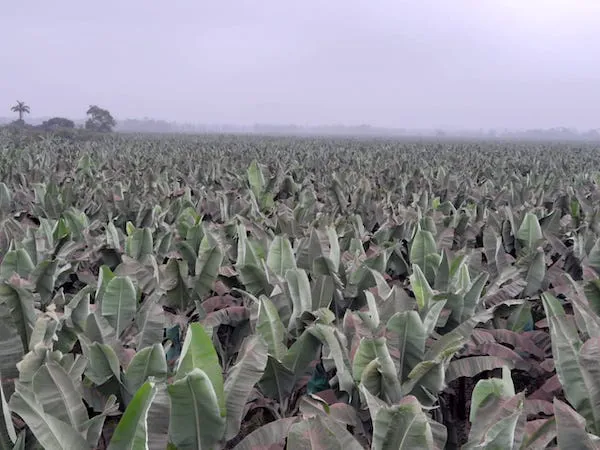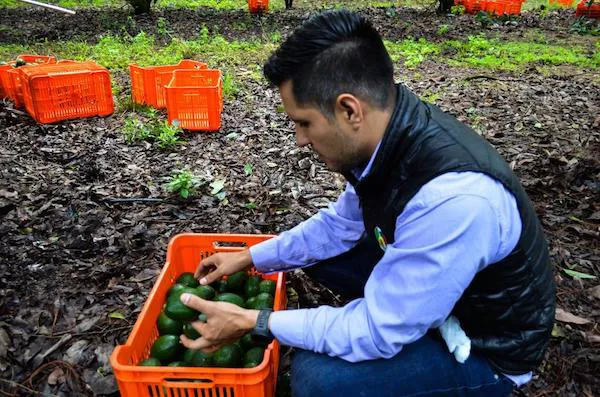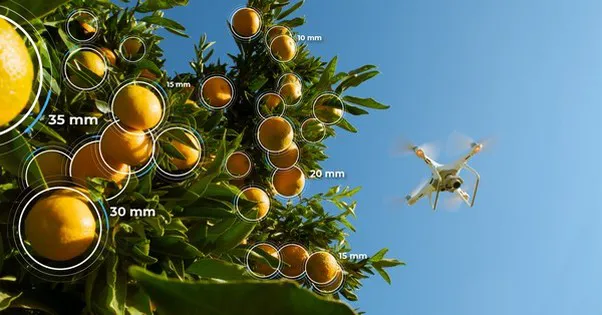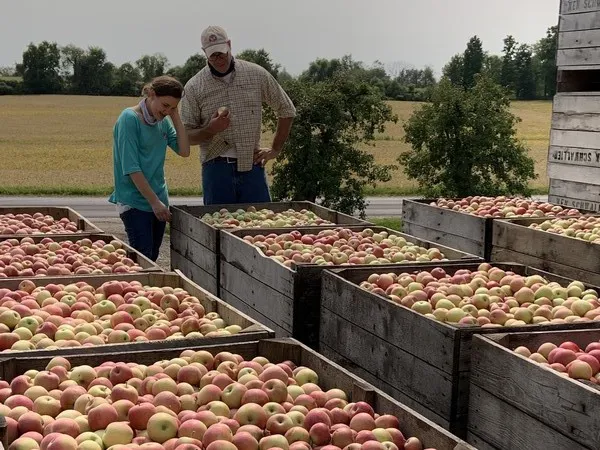Citrus and tropical commodities were predominant in the headlines in October of this year.
Starting with bananas, global banana production was expected to increase to 129 million tons by 2029. Ecuador also reported that bananas had almost surpassed oil as its main source of foreign exchange throughout the pandemic.
 Ash from the Sangay volcano covered 55,000 hectares of banana farms.
Ash from the Sangay volcano covered 55,000 hectares of banana farms.
At the same time, Ecuador’s Sangay volcano spewed and scattered ash across 55,000 hectares of banana farms and growers predicted the effects of the ash would be felt for the coming eight to 12 weeks.
And in China, by mid to late-October, Chinese banana prices began stabilizing again. By the end of the month, Chinese banana imports from Cambodia had rapidly increased in the past few weeks. And in the U.S., Coliman reported seeing a significant switch to organic bananas over conventional ones.
In avocados, the Mexican avocado market stabilized as Jalisco growers move into Hass crop. Meanwhile Israel, Spain, South Africa and Chile showed interest in Colombia's agricultural potential to produce Hass avocados.
As the Peruvian avocado season ended, European pricing picked up as the industry readied for Spain to start its season in November. Viavi Avo reflected on a season launching its cream-of-the-crop Maluma avocado in Europe. And Morocco began shipments to Europe of its Greenskin avocados followed by Hass avocados in early November. And a shipper reported that the Netherlands was expected to continue being the largest importer/exporter of fresh avocados in Europe.
 In Mexico, Juan Escorcia of Avocados Aguirre.
In Mexico, Juan Escorcia of Avocados Aguirre.
In Australia, severe thunderstorms brought hail, heavy rains and damaging winds to parts of Queensland and northern NSW affecting avocado trees. And in the U.S., California predicted an average sized crop of California fruit for 2021 while good demand was anticipated for the Semil avocados out of the Dominican Republic.
Over in citrus, Japanese tariffs put Florida grapefruit at a disadvantage over Mexico. In Turkey, supply issues emerged with its Interdonato lemons, but better volumes were expected for Lamas lemons.
Meanwhile, the South African citrus industry wanted to expand markets to possibly the Philippines and Vietnam. Morocco readied to start its citrus season with mandarins. And Egypt reported a large quantity of Eureka lemons this season while shippers look to reiterate the cleanliness of Egyptian citrus.
In Europe, Spanish clementines were being met with uncertainty and lower demand. In Spain, one grower used drones to help manage its production. And following Russian’s ban on Chinese citrus as of January, Russian importers looked to other countries such as Thailand, Myanmar, Malaysia and Vietnam for imports.
 Spanish grower uses drones to manage production. Photo: San Antonio Drones.
Spanish grower uses drones to manage production. Photo: San Antonio Drones.
In the U.S., Georgia doubled its Satsuma crop while Florida anticipated a strong citrus season. However, Texas citrus looked to be down thanks to Hurricane Hanna. And in imports, one shipper reported that COVID-19 was helping move mandarins from South America.
Berries also made significant headlines. Some Mexican growers reported higher volumes this year, recognizing that consumers were demanding better quality berries. At the same time, Mexico announced it would be willing to retaliate against the U.S. if the United States International Trade Commission’s investigation determined the U.S. should impose tariffs on Mexican blueberries. Canadian blueberry growers were also watching the same probe into its supplies of the popular fruit. Meanwhile, the U.S. Highbush Blueberry Council discussed how data mining could be used to sell more blueberries. And in Australia, the growers of the OZbluⓇ blueberry broke its own Guinness World Record by producing the world’s heaviest blueberry.
Over in apples, following a spring hail and rainy season, millions of apples were left rotting in Okanagan orchards. In nearby Washington, the state finished up harvesting a smaller overall crop with larger apples. And in Michigan, a later start on harvest was met with strong demand on tight supplies. Meanwhile in Turkey, following the wrap of its shipments of Gala apples, the country began shipping Reds and Granny Smith apples to Gulf countries.
 North Bay Produce member/owners Bob and Anna Jonaitis in Michigan saw a later start of the apple season.
North Bay Produce member/owners Bob and Anna Jonaitis in Michigan saw a later start of the apple season.
Outside of commodities, Costa Rica also dominated October headlines. Early in the month, the Ministry of Agriculture and Livestock in Costa Rica said the country’s agricultural sector had lost more than $37 million in just two days because of protester roadblocks. (Banana, pineapple and roots and tuber producers were most affected.) By the middle of October, a blockade on the border between Panama and Costa Rica was stranding more than 800 trucks—nearly 30 of which were carrying perishable loads.
But there were positive headlines too for Costa Rica including development in producing paper from pineapple crowns. And the Pinkglow™ Pineapple, a pineapple with a pink interior grown in Costa Rica, made its debut.
